I can’t wait to receive my copy of the new book of Axel Vervoordt. It should be published this month! Here is the cover of the book I found on the internet. It will be titled “A Way of Wabi”.

To order the book : click here.
And now you will ask me ‘What is Wabi?’
Here is what I found at Wikipedia : ‘ Wabi-sabi represents a comprehensive Japanese world view or aesthetic centered on the acceptance of transience. The aesthetic is sometimes described as one of beauty that is “imperfect, impermanent and incomplete”.It is a concept derived from the Buddhist assertion of the Three marks of existence, specifically impermanence.’
Characteristics of the wabi-sabi aesthetic include asymmetrie, asperity, simplicity, modesty, intimacy, and the suggestion of natural processes.
Wabi stands for rustic simplicity, freshness or quietness, and can also be applied to both natural and human-made objects, or understated elegance.
Sabi is beauty or serenity that comes with age, when the life of the object and its impermanence are evidenced in its patina and wear, or in any visible repairs.
Wabi and sabi both suggest sentiments of desolation and solitude.
Wabi-sabi learns us to find the most simple objects interesting, fascinating and beautiful.
Wabi may be interpreted as the imperfect quality of any object. Sabi could be interpreted as the aspect of imperfect reliability, or limited mortality of any object.
This is of course a short explanation of the Wabi-Sabi philosophy. You can find so much more about it on the internet.
So I will remember that wabi – sabi stands for finding beauty in imperfection, that it values simplicity, pureness and modesty. Back to basics!
At The European Fine Art Fair in Maastricht, March this year, Axel Vervoordt gave us yet a glimpse into his new Wabi – Sabi world. See also my blogpost about TEFAF 2010 .
His booth at Tefaf was surprising!! It was a sort of preview of his new interior decoration philosophy!
Axel explained :” The booth is conceived in the traditional Zen concept of ‘Wabi’, which values a refined and sophisticated simplicity and which symbolizes the beauty of imperfection and incompleteness.”
Axel Vervoordt has turned this aesthetic sense into a contemporary and univeral idea that will be fully explained in his new publication “A Way of Wabi”.
TEFAF 2010 Axel Vervoordt (source Tefaf website)
TEFAF 2010 Axel Vervoordt (source Tefaf website)
TEFAF 2010 Axel Vervoordt (source Tefaf wesite)
When I visited the castle of Axel Vervoordt last summer, I noticed that a few rooms of the castle were already redone in the Wabi aesthetic sense! Just gorgeous!!! I really have to admit that it gave me a peaceful feeling! I am sorry I have no pictures of it, because we were not allowed to make pictures inside the castle. But I might think that in his new book, you will discover these rooms.
So keep your eyes open in the next coming weeks. I am sure we will see more of this new ground Axel Vervoordt breaks!
I posted today some pictures I scanned from a Belgian magazine, that showed a home decorated in the Wabi aesthetic sense, seen through the eyes of Mr Vervoordt. They are a sneak peak into Axel Vervoordt’s new way of decorating.
Pure lines and white plastered walls in the entry hall ! Rises up already feelings of desolation and solitude!
As entering a monastery!
Serene atmosphere through the house.
Pureness , simplicity and imperfection of the objects and furniture.
Notice that floor! Please Mr Vervoordt, tell us all about it!
Doesn’t this picture express simplicity, back to basics?!
Do you notice any paintings here?
Undo your home of the clutter, ladies!!
White = pureness.
The importance of pureness! White and simple!
The wabi bathroom.
I love this picture!!! Are you agree with me that you are attracted by the beauty of the fruit and the flowers. They do attract attention because of their modest environment.
One color that sticks out.
This is a Minka, a Japanese word for a country house, a farm. It is built with inexpensive materials. Here it is used as a guesthouse. You see a Minka oven and a long table to sit on.
I hope that Axel Vervoordt will explain us in his new book, what a Minka stands for and which the characteristics for this guest house should be.
Do I love this new aesthetic? Yes, yes, yes !!!
Say it yourself, isn’t that a wonderful feeling, to not be that perfect anymore!?
Do we, Belgians, follow Axel Vervoordt in his way to Wabi? Of course we will! He is the master, we are his disciples!
What will the world do, what will you do? Please tell me your thoughts!
Axel Vervoordt’s website : www.axel-vervoordt.com
Images scanned from Villas September 2010 ; Photographer Jean-Pierre Gabriel











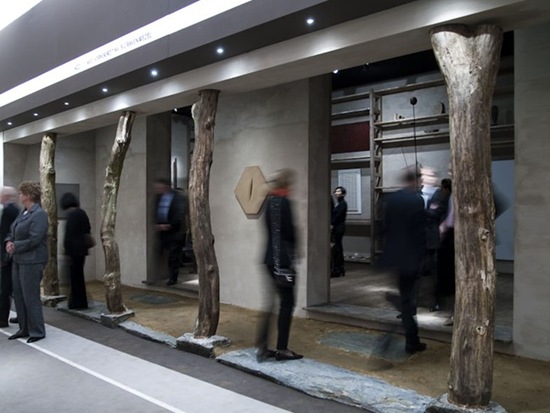


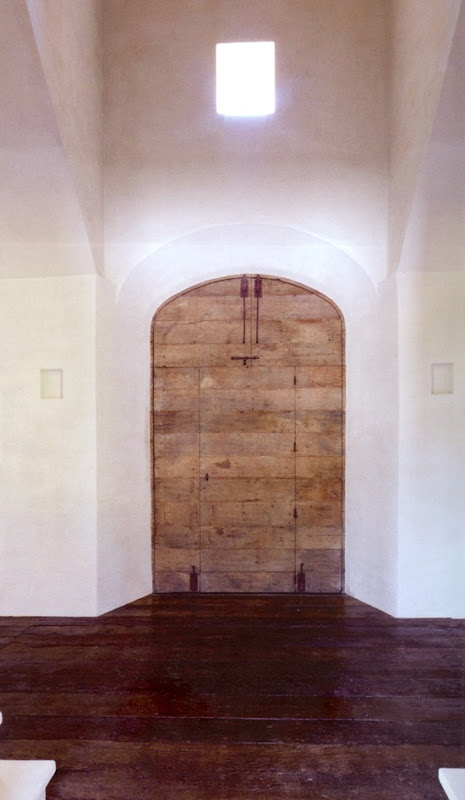

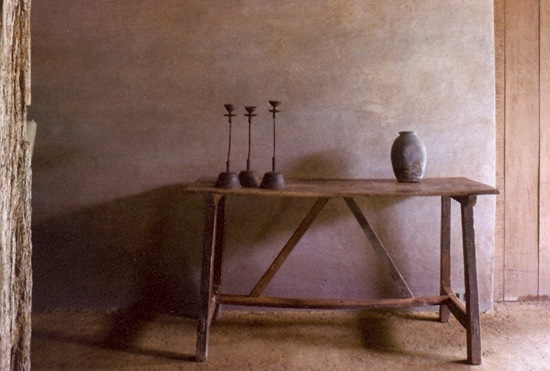
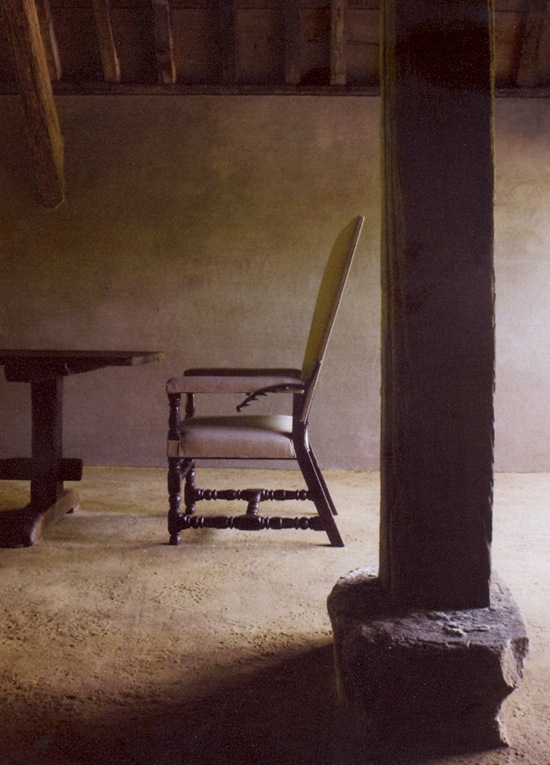

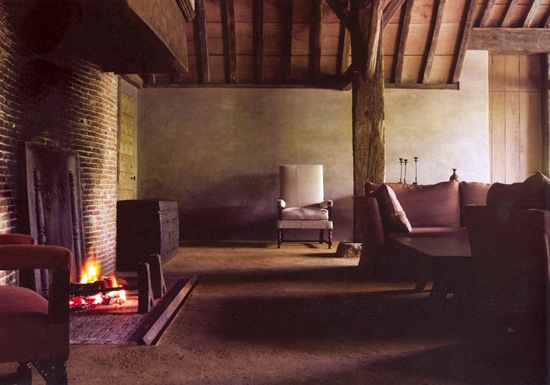
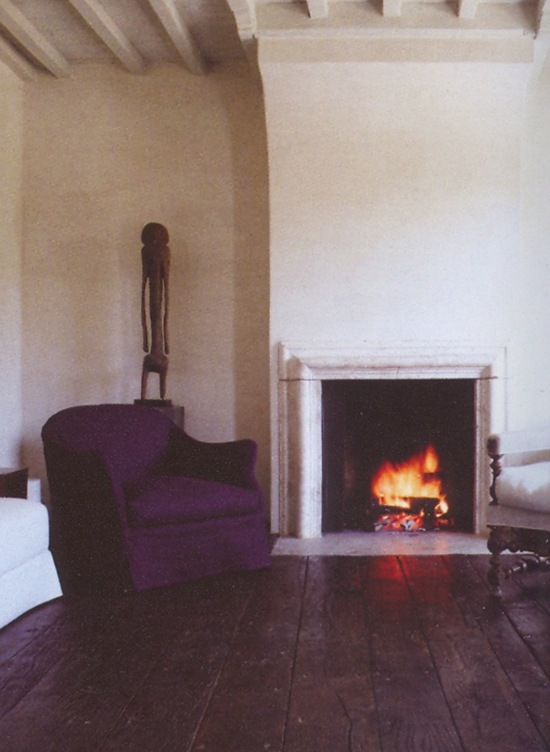
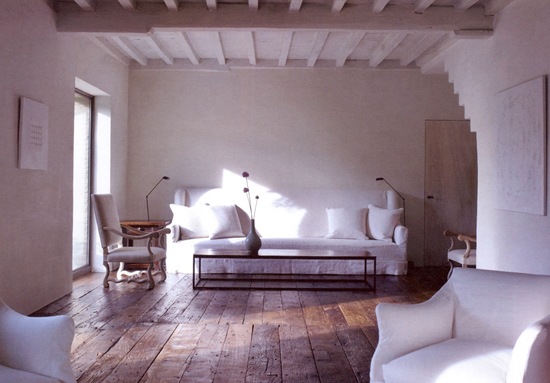

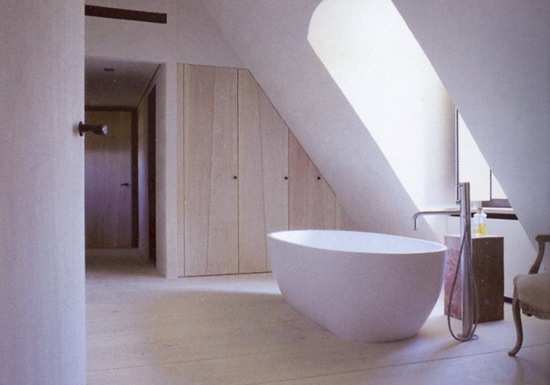
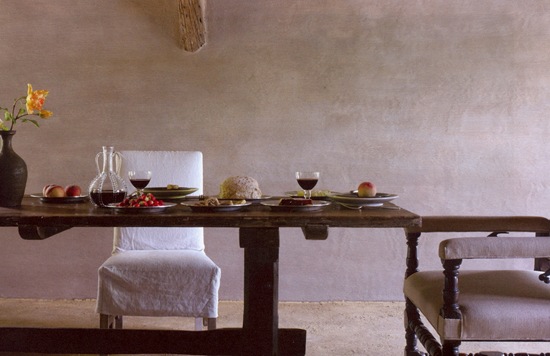
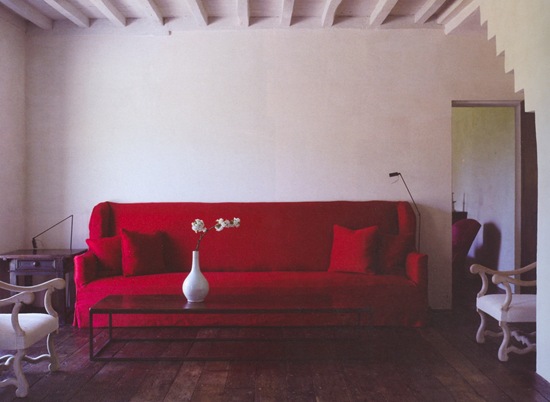
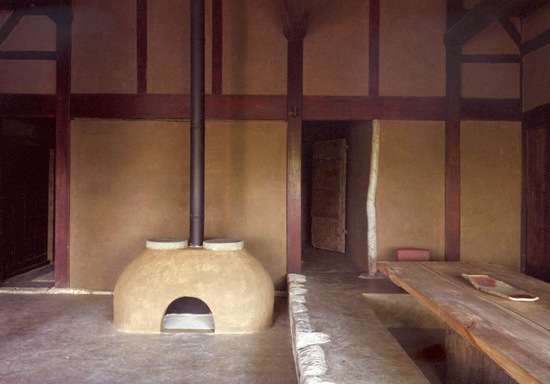
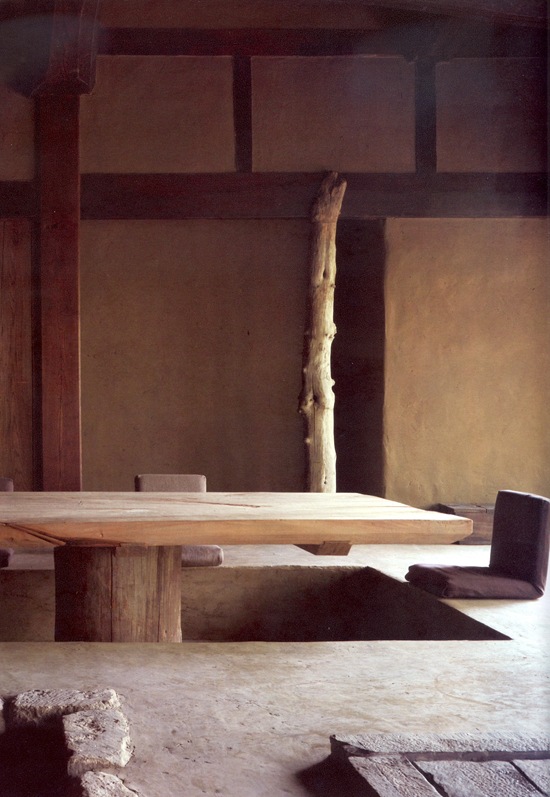
Tidak ada komentar:
Posting Komentar